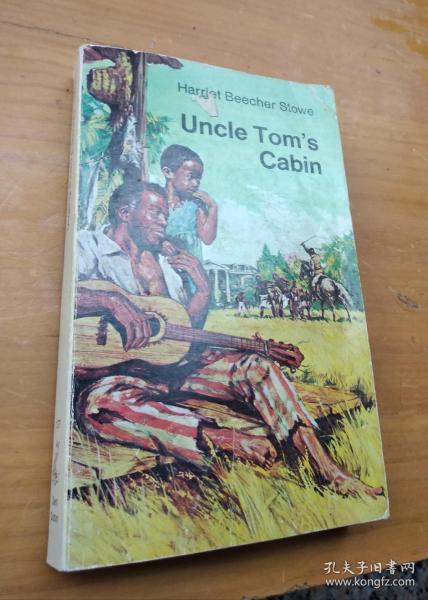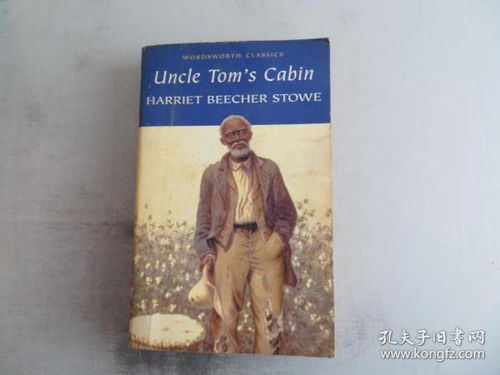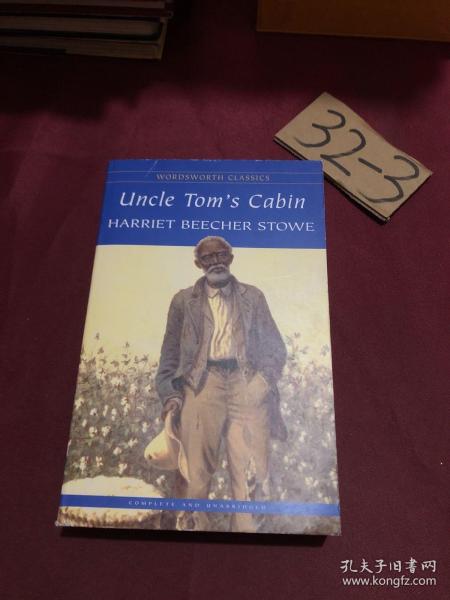Introduction to Uncle Tom’s Cabin

Uncle Tom’s Cabin, written by Harriet Beecher Stowe, is a seminal novel that played a significant role in shaping the discourse on slavery in the United States. Published in 1852, the novel offers a profound and moving portrayal of the lives of enslaved individuals and the moral and ethical dilemmas faced by those who participated in the institution of slavery.
Historical Context

Understanding the historical context in which Uncle Tom’s Cabin was written is crucial to appreciating its significance. The novel was published during the height of the slavery debate in the United States, just a few years before the Civil War. Stowe’s intent was to expose the horrors of slavery and to rally support for the abolitionist cause.
Characters and Plot

The novel follows the life of Uncle Tom, a loyal and religious slave who endures numerous hardships and injustices. The story also explores the lives of other enslaved individuals, including Eliza, a young woman who flees to Canada with her son, and Topsy, a child slave who embodies the innocence and resilience of her fellow slaves. The narrative is interspersed with the perspectives of various abolitionists and slaveholders, providing a multifaceted view of the issue.
Themes and Symbolism
Uncle Tom’s Cabin addresses several key themes, including the immorality of slavery, the importance of faith and spirituality, and the struggle for freedom. The novel employs various symbols to convey these themes, such as the “Ark of Safety,” which represents the promise of freedom, and the “Cross,” which symbolizes the Christian redemption that Tom seeks.
Impact and Legacy
Uncle Tom’s Cabin had a profound impact on the public’s perception of slavery and the abolitionist movement. The novel sold over 300,000 copies in its first year and was translated into multiple languages. It played a significant role in swaying public opinion and contributed to the political momentum that led to the Emancipation Proclamation and the eventual abolition of slavery.
Controversies and Criticisms
Despite its success and significance, Uncle Tom’s Cabin has not been without its critics. Some argue that the novel perpetuates stereotypes of African Americans and portrays them as passive and subservient. Others criticize the novel’s portrayal of slavery as overly simplistic and one-dimensional. Despite these criticisms, the novel remains a cornerstone of American literature and a powerful testament to the struggle against oppression.
Table: Key Characters in Uncle Tom’s Cabin
| Name | Role | Significance |
|---|---|---|
| Uncle Tom | Enslaved man | Symbol of loyalty and suffering, represents the resilience of enslaved individuals |
| Eliza | Enslaved woman | Embodies the struggle for freedom and the strength of motherhood |
| Simon Legree | Slaveholder | Represents the worst aspects of slavery and the cruelty of slaveholders |
| George Harris | Enslaved man | Represents the intellectual and moral strength of African Americans |
Conclusion
Uncle Tom’s Cabin remains a powerful and thought-provoking novel that continues to resonate with readers today. Its exploration of the human condition, the struggle for freedom, and the moral complexities of slavery make it a timeless work of literature that continues to challenge and inspire.




